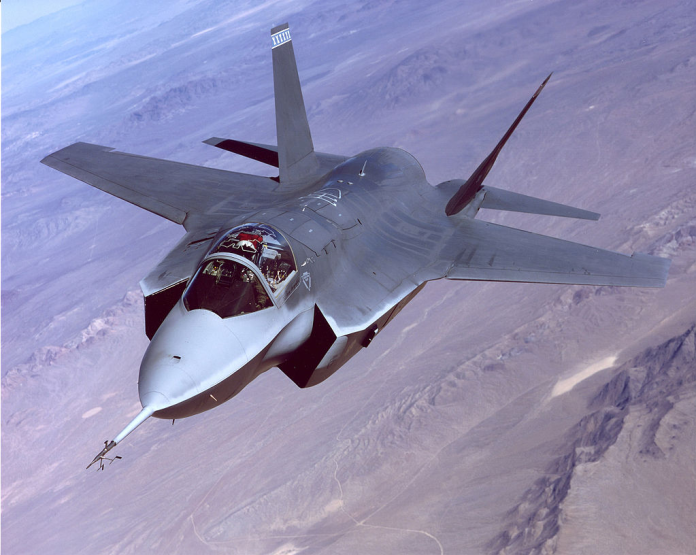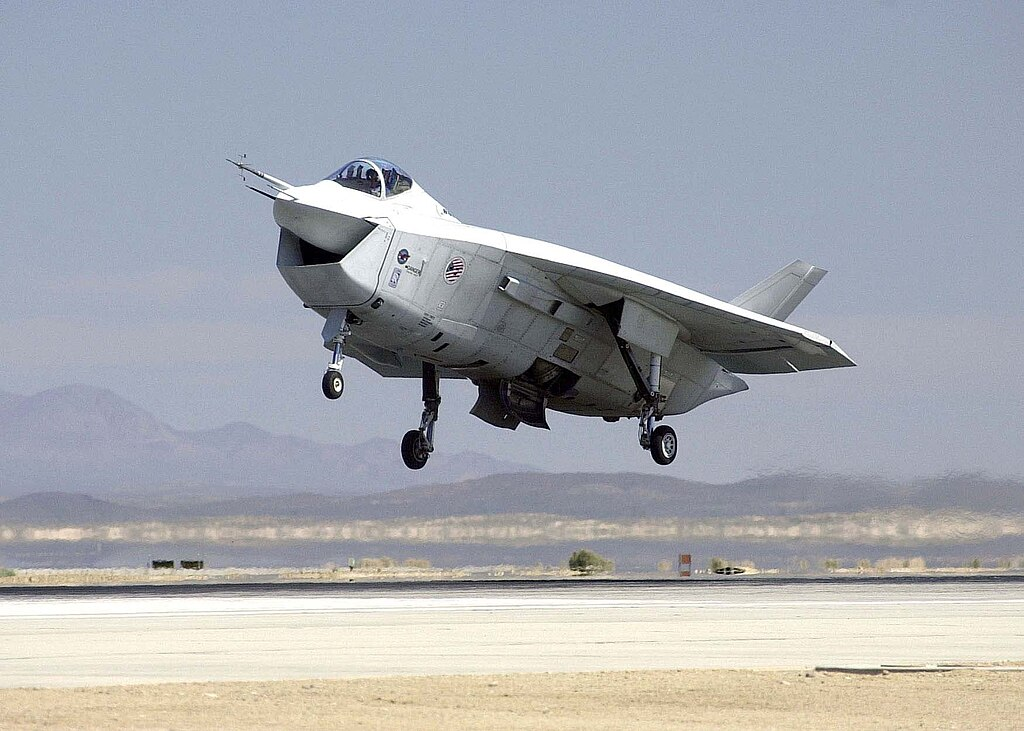
The loss of the Boeing X-32 in the Joint Strike Fighter competition is usually distilled into an aesthetic punchline. But hiding behind the clumsy lines was a series of engineering judgments that given time to fully develop may have changed the direction of U.S. tactical aviation. Beauty is not the subject matter; it is propulsion architectures, stealth trade-offs, and sustainment philosophies that took drastically different paths from the F-35.
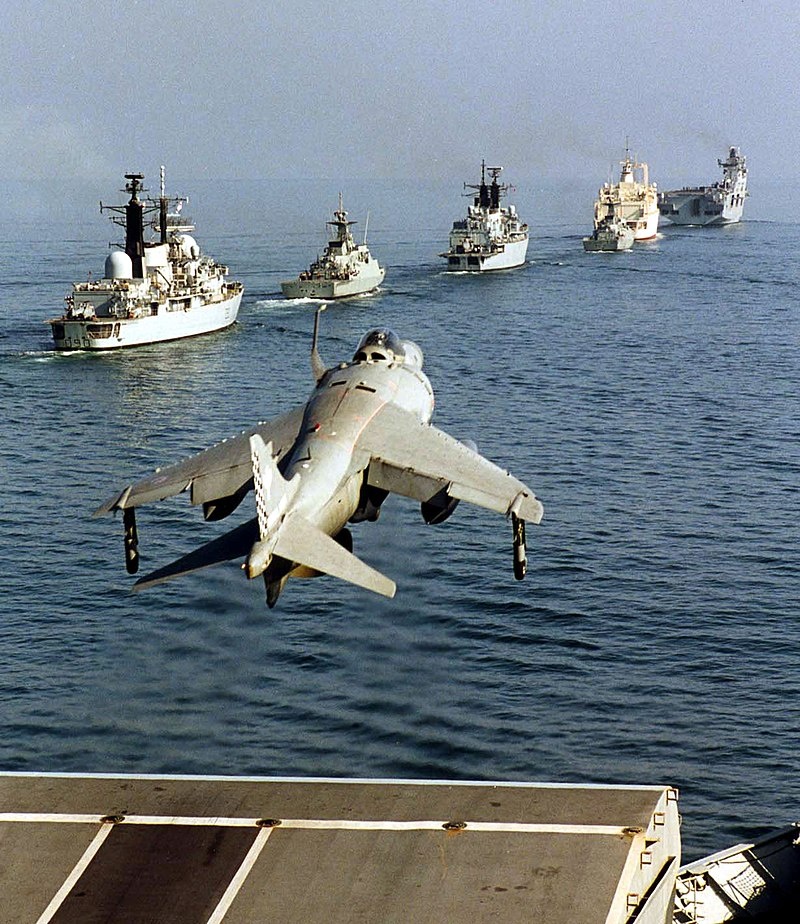
1. The Direct-Lift Gamble
Central to Boeing’s idea was a direct-lift STOVL system vectoring the main engine thrust downward for vertical flight instead of Lockheed Martin’s LiftFan shaft-driven system. Simple, direct lift had one engine, fewer parts that move, and lower structural penalties for non-STOVL variants. But it had close hover margins, large thermal management requirements, and vulnerability to hot gas ingestion. In hover, exhaust gas recirculation cut thrust and spiked infrared signature, a weakness on sensor-heavy battlefields. In contrast, the LiftFan, as built by Rolls-Royce and Pratt & Whitney, employed mechanically driven cool airflow to provide up to 40,000 lbf of vertical thrust, enhancing hot-day performance and reducing IR detectability.
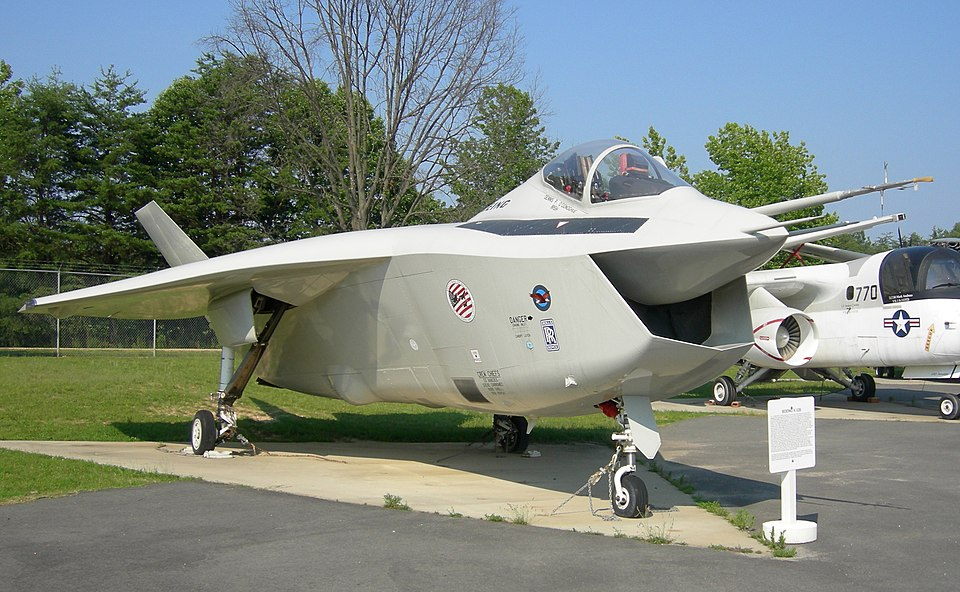
2. Aerodynamic Redesign That Never Flew
The 2000–2001 flown prototypes were not Boeing’s planned production shape. The protesters marched with a tailless delta wing and chin intake, but the “production-intent” X-32 would have had a cranked-arrow wing, orthodox tail, optimized inlets, and stealth-optimized fuselage shapes. These features were aimed at enhanced carrier-recovery low-speed handling, lower radar cross-section, and improved maintainability. The competition schedule, however, committed Boeing to flying the previous configuration, allowing the evaluators to judge a jet that did not reflect the final product.
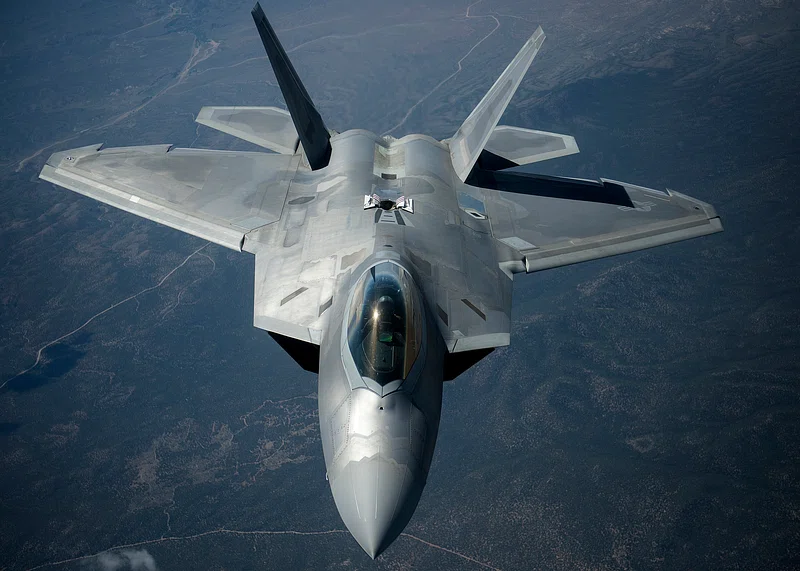
3. Stealth by Design and by Budget
Both rivals were limited by a “low-observable budget” instead of F-22-quality stealth. The X-32’s huge chin intake smeared compressor faces to radar, expanding its frontal radar cross-section. Variable baffles or S-duct improvements were scheduled for production, but not included in the demonstrators. Lockheed’s F-117 and F-22 experience brought more mature shaping and coatings at the prototype phase. Boeing’s solution relied on signature discipline augmented by bold electronic warfare an integrated survivability paradigm that becomes more pertinent as newer air forces integrate stealth with jamming and deception.
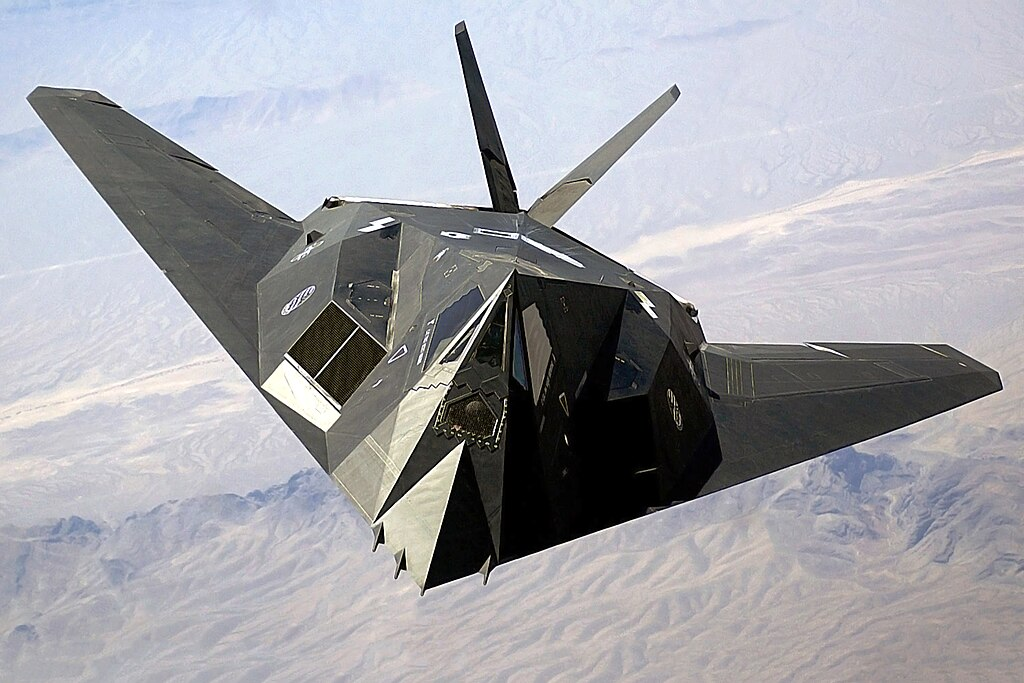
4. Internal Volume as a Force Multiplier
The X-32’s wide fuselage and pronounced belly were not aerodynamic luxuries they were intentional provisions for weapons bay expansion, fuel storage, and cooling systems. This “missile truck” philosophy presaged roles now central to manned-unmanned teaming ideas: carrying heavy internal payloads while stealthier friends do forward sensing. In permissive environments, loadout could be further augmented with external pylons, providing sortie efficiency in protracted campaigns.
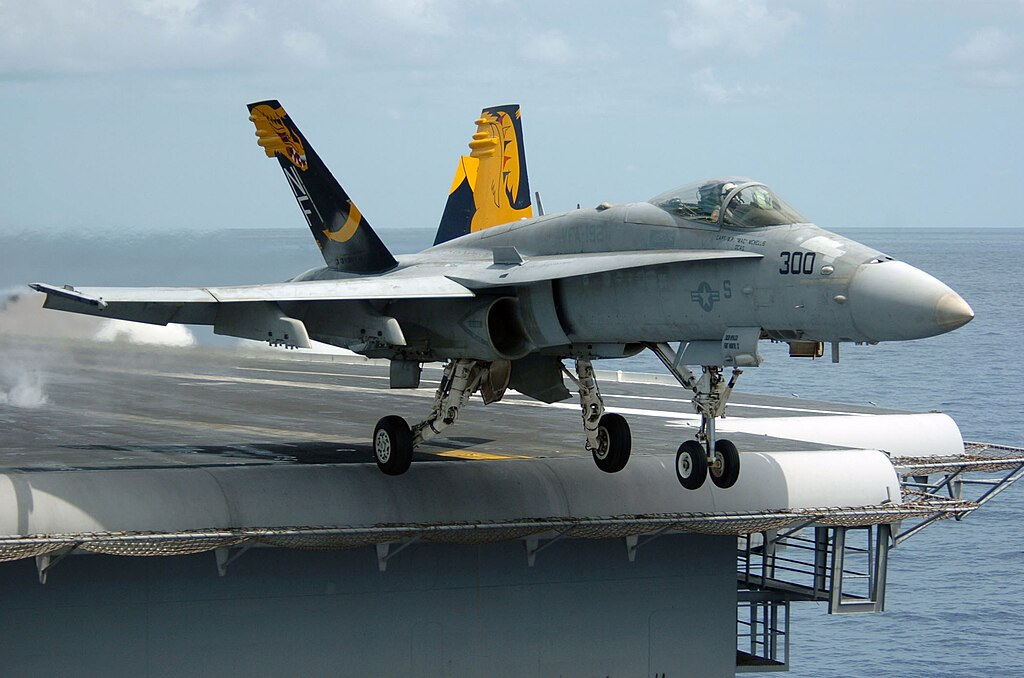
5. Carrier Suitability Built In
For the Navy’s carrier variant, Boeing’s wing and tail redesign in production planned to provide improved approach control, increased bring-back weight, and structural fatigue margins for catapult and arrestment cycles. The delta planform of the demonstrator was never planned for deck operation, but since there was no flown production-standard prototype, the Navy could only guess about whether the redesign would satisfy its stringent envelope.
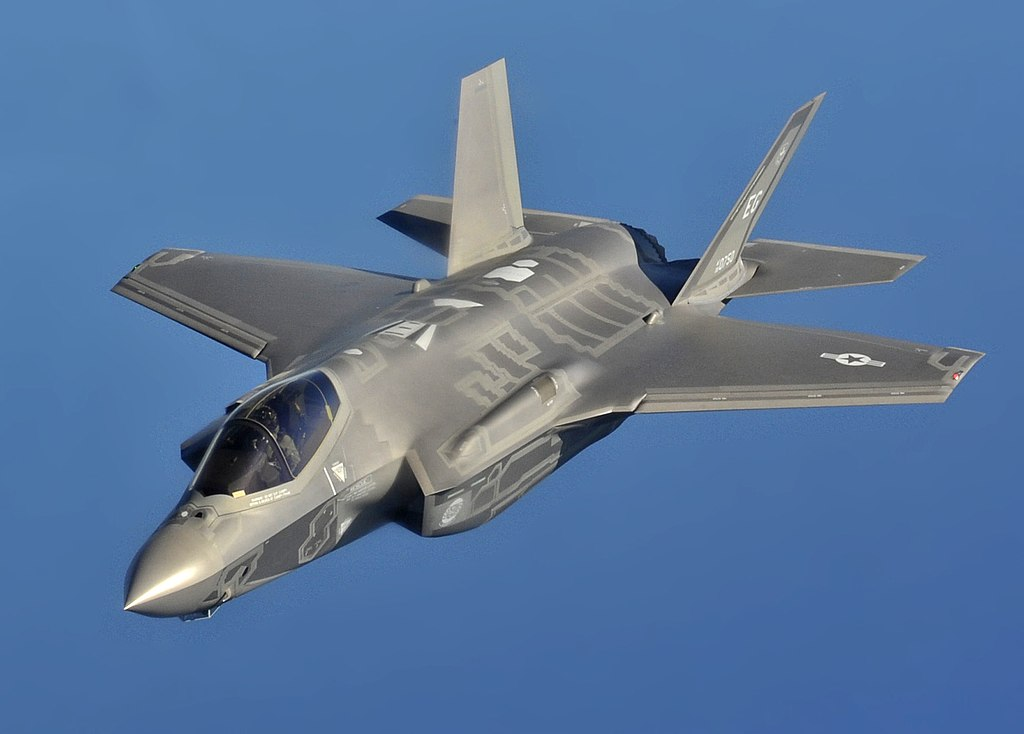
6. Sustainment Philosophy Ahead of Its Time
Boeing’s design focused on maintainability: big access panels, fewer custom STOVL components, and less complicated propulsion hardware. In a time when the F-35’s sustainment costs are estimated to cost $1.3 trillion over its lifetime, the X-32’s reduced parts list and improved accessibility could have lowered cost per flight hour. The Air Force’s own analyses of sustainment emphasize early integration of maintainers into design, data rights for organic support, and common enterprise resource planning principles whose implementation the X-32’s design adhered to from its outset.
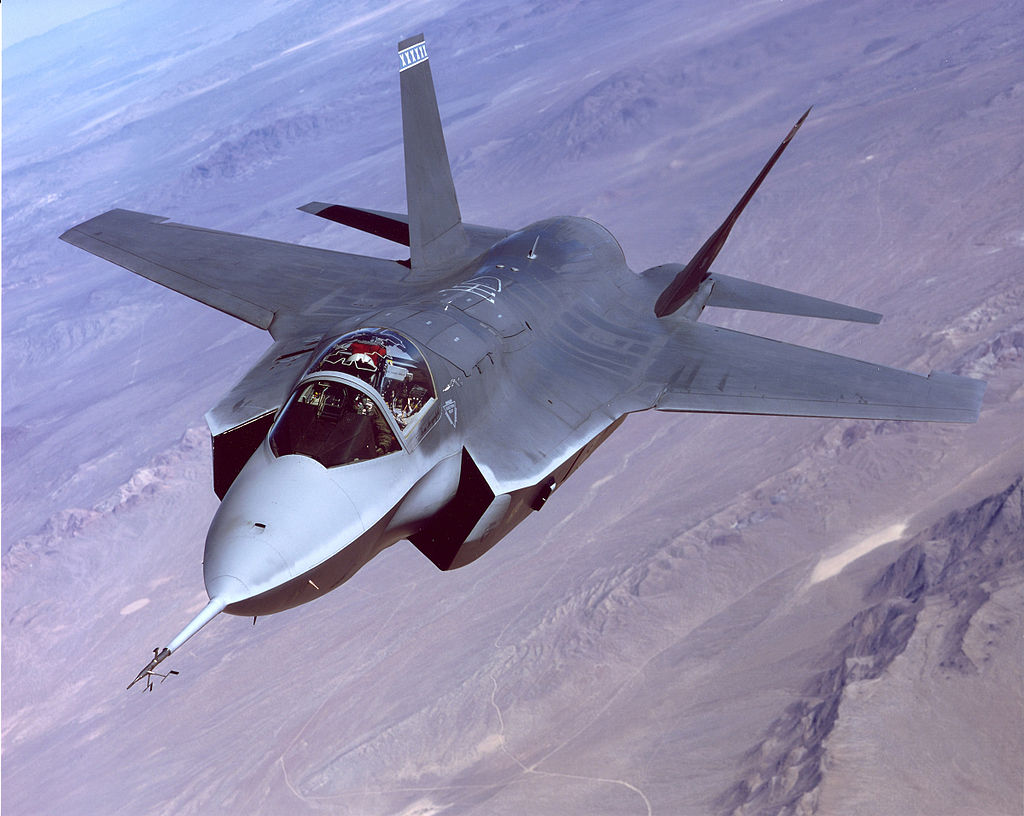
7. The Narrative Disadvantage
Lockheed’s X-35 performed the “short takeoff → supersonic dash → vertical landing” sequence on one flight, an impressive demonstration for planners. Boeing divided those demonstrations between two planes, disenfranchising the image of preparedness. Coupled with apparent aerodynamic trade-offs in the flown demonstrators, the X-32 came to be perceived as riskier, even though it met essential JSF requirements.
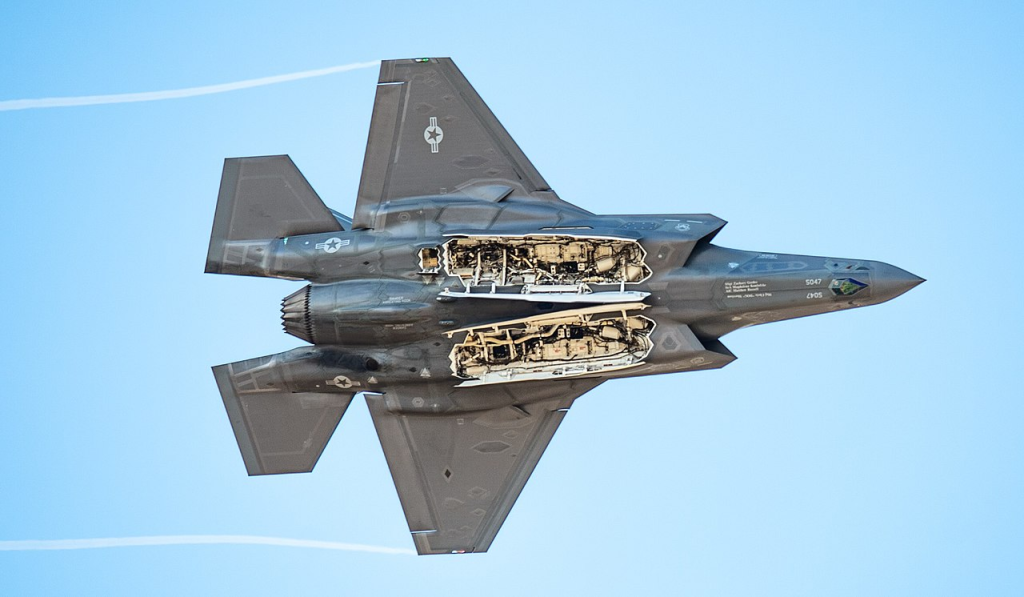
8. Lessons for Future Programs
The loss of the X-32 highlights how acquisition schedules punish designs relying on post-award optimization. It also points to the compromise between hardware complexity and software-controlled control Boeing opted for the latter, a philosophy today dominant in adaptive flight control and thermal management. As the Pentagon develops sixth-generation aircraft and composable combat planes, the sustainment-friendly, high-volume, and modular approach represented in the X-32 presents a contrast to the F-35’s high-cost, high-complexity route.
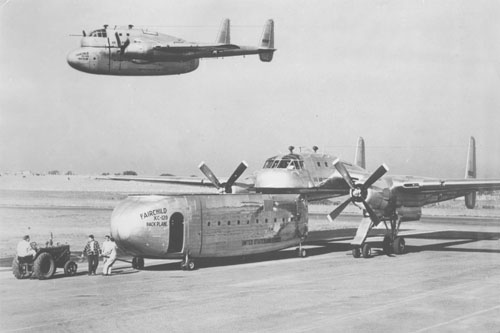
The two remaining X-32 prototypes rest in museums, their awkward shapes hiding the engineering innovation within. For defense planners and aerospace engineers, they are a study in the manner technical superiority, program image, and timing collide and the way a misplaced wager on propulsion design can resonate through decades of airpower planning.
